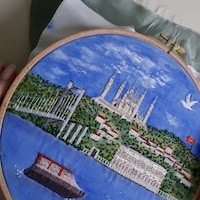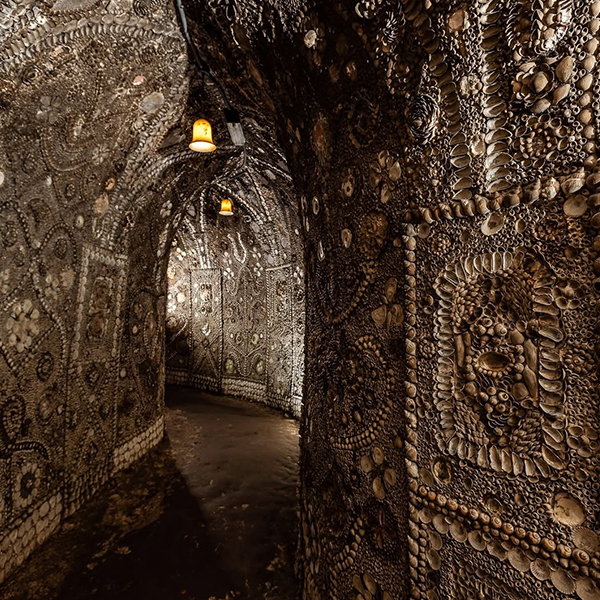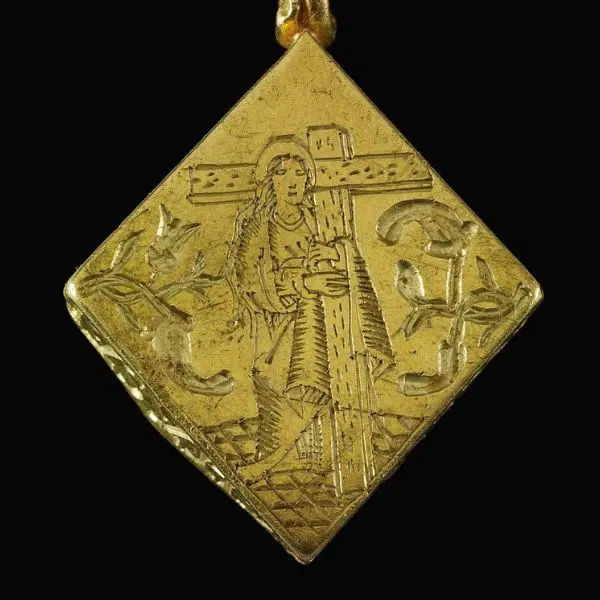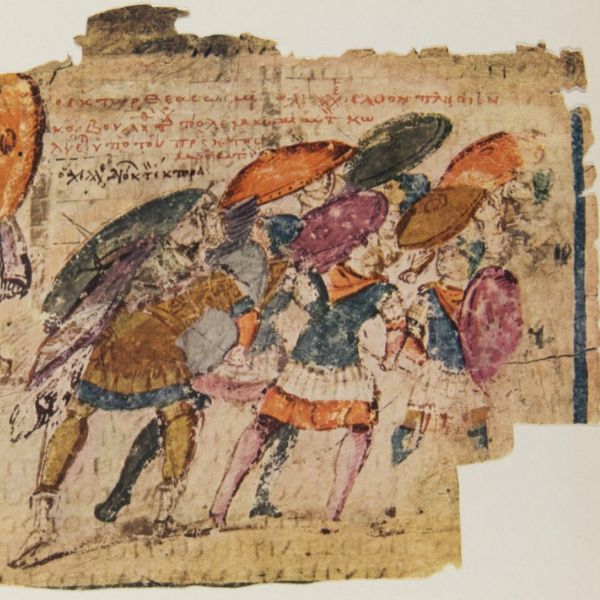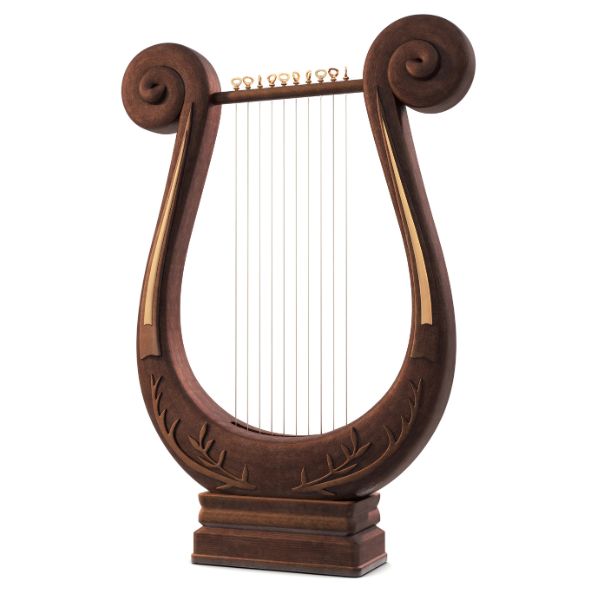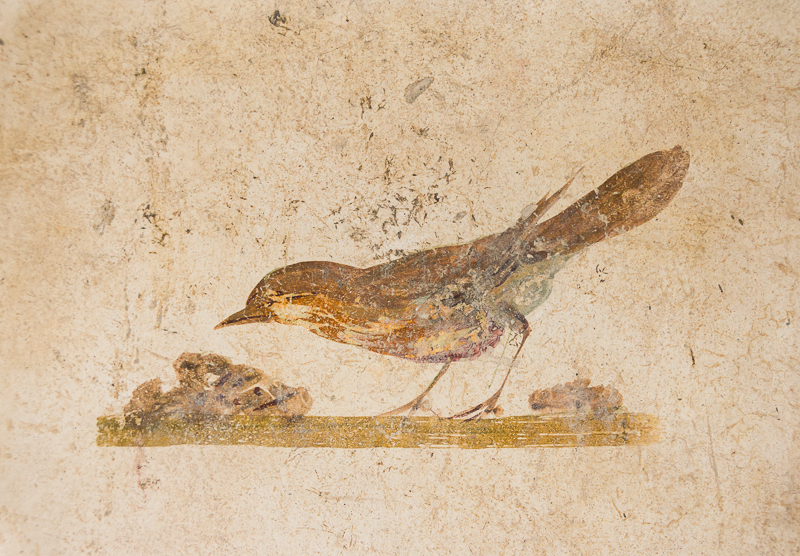
Photo: Jebulon via Wikimedia Commons (CC0 1.0)
We're not the only society that enjoys fast food. According to a recent study in the International Journal of Osteoarchaeology, ancient Romans surprisingly consumed a form of fast food, though nothing like today’s franchised favorites such as hamburgers or fried chicken. The discovery was born from research conducted in the ancient Roman city of Pollentia, located on the island of Mallorca in present-day Spain. Researcher Alejandro Valenzuela, from the Mediterranean Institute for Advanced Studies, analyzed faunal (animal) remains discovered in a 13-foot-deep urban cesspit.
Pollentia, once a port turned commercial hub, featured a system of tabernae, or small shops and workshops, including popinae—taverns that served food and drink much like modern bars. One popina, identified in part by six embedded amphorae in its bar counter, was connected to an underground drainage system that emptied into the cesspit.
This 13-foot-deep sewage dump contained urban artifacts like ceramics—used to date the pit to as early as 10 BCE—alongside bones from mammals, fish, and birds. Among the bird remains, small thrush skeletal remnants were notably the most abundant and thus became the object of Valenzuela’s study.
Bird remains are rarely well-preserved at archaeological sites, making it difficult for researchers to determine how birds contributed to the diets of ancient Mallorcans. However, the distinct composition of the thrush remains began to paint a clearer picture. While many skulls and breastbones were found, bones from the wings, legs, and upper chest—the fleshiest parts—were virtually absent.
Valenzuela concluded that thrushes were likely a staple in the local diet and urban food system based on this finding. Further corroborating his interpretation are historical sources that describe Roman game hunters trapping songbirds in large numbers, which were then sold to food vendors.
The idea that Mallorcan consumption of small birds was proto-fast food comes from how the birds were prepared. Valenzuela said the thrushes’ breasts were flattened to allow for rapid grilling or pan-frying in oil, which helped keep the meat tender. Broken ceramics in the cesspit suggest that thrushes might have been served on plates. However, the street food theory is supported by the birds’ small size and the setting, which also indicates the possibility that they were served on skewers or sticks for easier eating.
This research not only deepens understanding of the dynamics of historic food consumption but also emphasizes a fascinating similarity between modern times and ancient Roman culture through a shared love for flavorful street food on the go.
Ancient Romans in Pollentia, a Mallorcan commercial hub, likely consumed small birds as an early form of fast food.

Photo: Olaf Tausch via Wikimedia Commons (CC BY-SA 3.0)
Researcher Alejandro Valenzuela found mostly thrush remains in a 13-foot cesspit connected to a tavern.

Photo: Yann Forget via Wikimedia Commons (Public domain)
The birds were likely grilled or fried and served on skewers, emphasizing how quick, convenient food has been found desirable across centuries.

Photo: Maarten Heerlien via Wikimedia Commons (CC BY 2.0)
Sources: Urban Consumption of Thrushes in the Early Roman City of Pollentia, Mallorca (Spain); Roman-era ‘fast food' discovered in ancient trash heap on Mallorca
Related Articles:
Archeologists Find Preserved Food at an Ancient Iraqi Tavern Site
Archeologists Discover ”Pizza” in an Ancient Pompeii Mural
Unique 2,000-Year-Old Roman Mosaic Made of Seashells, Glass, and Tiles Discovered Near Colosseum


































